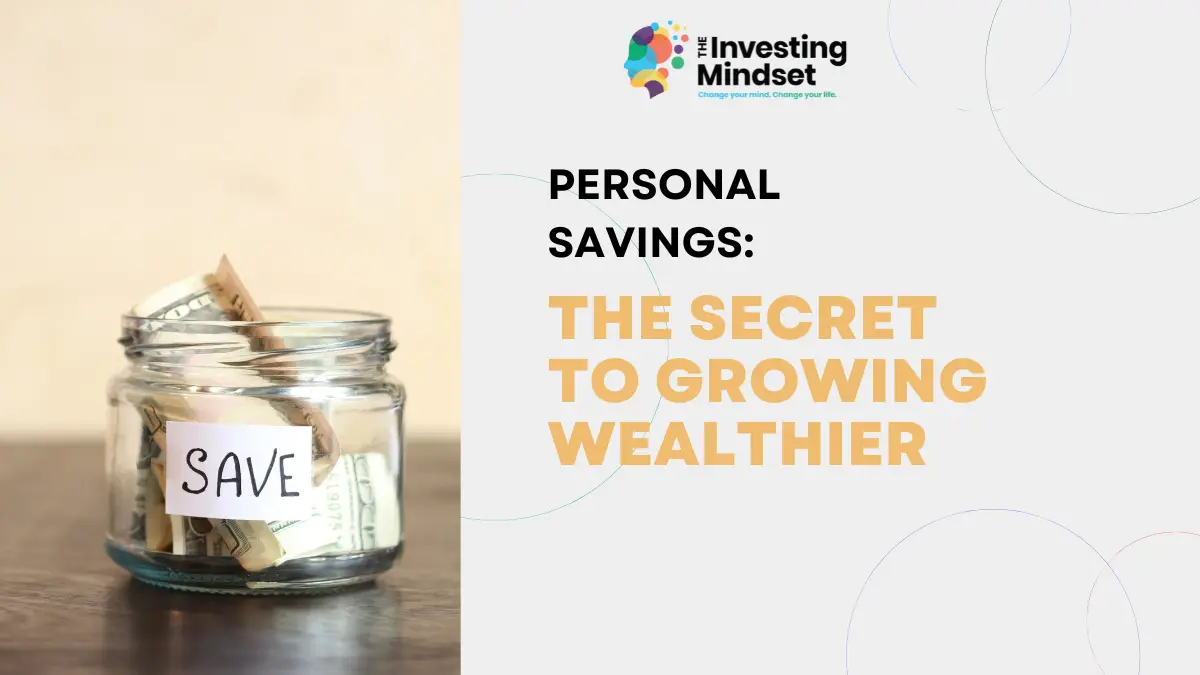Developing a robust habit of personal savings is essential for achieving long-term financial stability and wealth.
Did you know that in the United States, households save about 3.8 percent of their disposable income, reflecting a relatively low level of personal savings? In contrast, South Korea leads the way, with a personal savings rate of 34.4 percent. Various countries adopt different approaches to saving based on economic conditions and cultural influences.
In this article, we’ll explore global trends, underlying factors, and practical strategies to help you increase your personal savings, ultimately paving the way for financial freedom.
Factors Influencing Personal Savings Habits
1. Economic Conditions and Fiscal Policy
Studies by the World Bank suggest that economic conditions, consumer confidence, and fiscal policies are key drivers behind personal savings behavior.
In the United States, low personal savings rates can be largely attributed to these factors. In Japan, however, demographic trends and monetary policy play a more significant role in shaping personal savings.
2. Cultural Norms and Social Safety Nets
Cultural values and social safety nets also significantly influence personal savings.
Countries with strong cultural norms regarding thrift and long-term planning tend to exhibit higher personal savings rates, as people are more inclined to save in anticipation of future uncertainties.
The Psychology Behind Saving Money
The Discipline of Pay-Yourself-First
A core principle of increasing your personal savings is the discipline of paying yourself first. By deliberately setting aside a portion of your earnings each month, you build a habit that contributes to your overall financial leverage.
Wealth experts like Bill Staton emphasize that “saving equals equity” and note that having savings provides better negotiation power in financial transactions, such as securing discounts or earning interest rather than paying interest on loans.
Managing Emotional Spending
Our emotional responses often drive spending habits. The amygdala, a part of the brain responsible for processing emotions, can lead us to favor immediate gratification over long-term benefits.
Understanding this dynamic is crucial for improving personal savings. When you struggle to save money, it’s often because the amygdala prioritizes spending.
Recognizing this can help you adopt strategies that minimize emotional spending and foster a more disciplined approach to saving.
Strategies to Boost Your Personal Savings
Start Small and Build Gradually
The journey to robust personal savings doesn’t require drastic changes all at once. Begin by saving a small percentage of your income—perhaps 1%—and gradually increase the amount as you become more comfortable with the habit.
Incremental increases, such as moving from 1% to 2%, then to 3%, eventually culminate in setting aside 10% or more of your income. This gradual approach helps the brain adjust and reduces the emotional resistance to saving.
Delay Gratification for Long-Term Gains
Developing a mindset of delaying gratification is critical. Resist the impulse to spend on immediate desires and focus instead on long-term financial goals.
This approach not only increases your personal savings but also helps build the discipline needed for future financial independence.
Implement Small Behavioral Changes
Consistent, small changes in your behavior can lead to significant improvements in your personal savings over time.
By adjusting your spending habits gradually, you can avoid overwhelming your emotional responses and create sustainable saving practices. The key is to start with manageable changes that eventually become second nature.
Real-Life Applications and Expert Insights
Wealth experts like Dave Ramsey recommend practical steps to secure financial peace through personal savings. His Seven Baby Steps for Financial Peace include essential savings milestones such as establishing an emergency fund, saving several months of expenses, and even planning for education costs.
These steps underscore the importance of building personal savings as a foundation for financial security.
Similarly, my own journey to financial freedom began with a small but consistent savings plan. I started by saving just 1% of my income, which eventually grew into a habit that allowed me to increase my savings percentage over time.
This incremental process not only boosted my personal savings but also improved my overall financial health and business cash reserves.
Final Thoughts
Building substantial personal savings requires discipline, strategic planning, and a keen understanding of both economic and emotional factors. Whether you’re motivated by expert advice or personal experiences, remember that even small changes can lead to significant improvements over time. By paying yourself first, delaying gratification, and making incremental changes to your behavior, you can gradually transform your financial future.
Start your journey today—every little bit saved brings you closer to the security and freedom that come with solid personal savings.
Download my free customizable Financial Calculator below to start growing your savings and tracking your progress right now.



